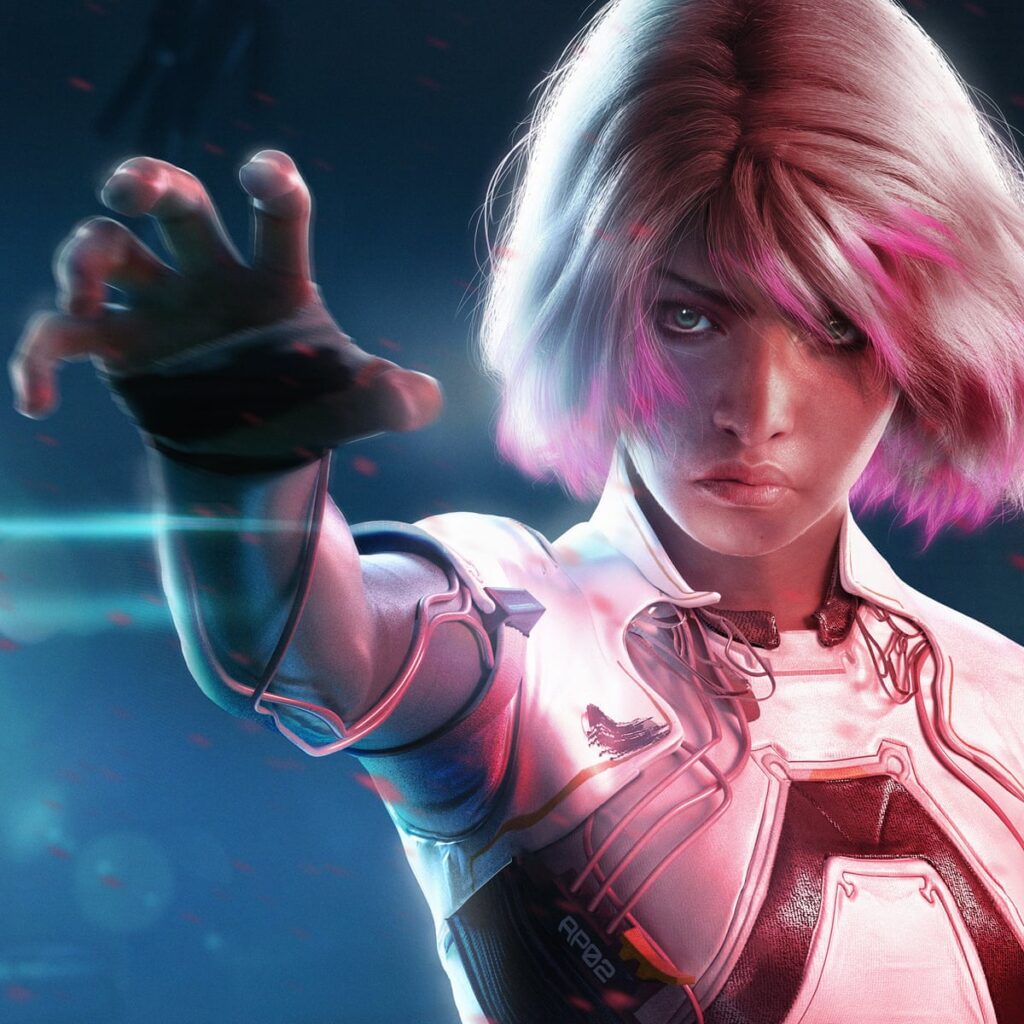The relationship between video games and art has evolved over the years. Video games are a form of interactive entertainment that relies heavily on visual design, graphics, and sound to create an immersive experience. Meanwhile, art is a medium of expression that can use various media to create a message or feeling. Video games have borrowed heavily from art history, design techniques, and styles to create their unique worlds and aesthetics. Additionally, video games have introduced new ways of storytelling, immersive experiences, and interactive art that has inspired and influenced contemporary artists. The future of art and video games is exciting, as technology continues to improve and artists continue to push the boundaries of what is possible.
The Art of Gaming: How Art and Video Games Influence Each Other
Video games and art have a long and complex relationship that has developed over the years. Video games are a form of interactive entertainment that requires intricate visual design and technical expertise, while art is a medium of expression that can use various media to create a message or feeling. In this article, we will explore how art influences video games and how video games have influenced the art world.
The influence of art on video games
Video games are fundamentally a form of art, as they rely heavily on visual design, graphics, and sound to create an immersive experience. Many video games borrow heavily from art history, design techniques, and styles to create their unique worlds and aesthetics.
One of the earliest examples of art influencing video games can be traced back to the arcade era of the early 1980s. Games such as Pac-Man and Donkey Kong took inspiration from pop art and graffiti, utilizing bold colors, designs, and shapes to create memorable characters and settings.
As technology improved, video games began to incorporate more intricate and realistic visuals, borrowing from traditional art styles and techniques. Games such as Shadow of the Colossus and Journey incorporated elements of impressionism and surrealism to create stunning visuals that were reminiscent of famous works of art.
More recently, video games have continued to draw on art for inspiration, with games such as Okami, which uses Japanese ink painting, and Cuphead, which imitates the hand-drawn animation techniques of classic cartoons.
The influence of video games on art
While video games have been influenced by traditional art forms, they have also had a significant impact on the art world. Video games have introduced new ways of storytelling, interactive art, and immersion that have inspired artists and influenced contemporary art.
Interactive art has become increasingly popular in recent years. It allows viewers to become active participants in the art, creating their unique experience. Video games were some of the earliest forms of interactive art, and this has inspired artists to create new forms of immersive and interactive installations that engage the viewer in new and exciting ways. One such installation is Rafael Lozano-Hemmer’s “Pulse Index,” where the viewer’s heartbeat is recorded, creating a pulse that’s visualized on a screen, similar to how heartbeat is visualized in some games in real-time like The Last of Us Part II.
Video games have also inspired contemporary artists to create works that explore themes such as identity, representation, and the relationship between man and machine. Artists such as Cory Arcangel and Cao Fei have created works that engage with video games and internet culture to explore these themes in new and creative ways.
The future of art and video games
As technology and art continue to evolve and change, the relationship between art and video games will continue to grow and change. With new advancements in virtual and augmented reality, video games will become increasingly immersive, allowing the viewer to become fully immersed in a digital world.
As video games continue to push the boundaries of what is considered art and continue to challenge the way we think about and experience different art forms, we can expect to see new and exciting forms of art emerge that incorporate video games into their creations.
Conclusion
The relationship between art and video games is a complex and ever-changing one that has influenced both mediums in significant ways. Video games have borrowed heavily from art history, design techniques, and styles to create their unique worlds and aesthetics, while video games have introduced new ways of storytelling, immersive experiences, and interactive art that has inspired and influenced contemporary artists.
The future of art and video games is an exciting one, as technology continues to improve, and artists continue to push the boundaries of what is possible. We can expect to see new and exciting forms of art emerge that incorporate video games into their creations, as well as video games that continue to push the boundaries of what is considered art.
